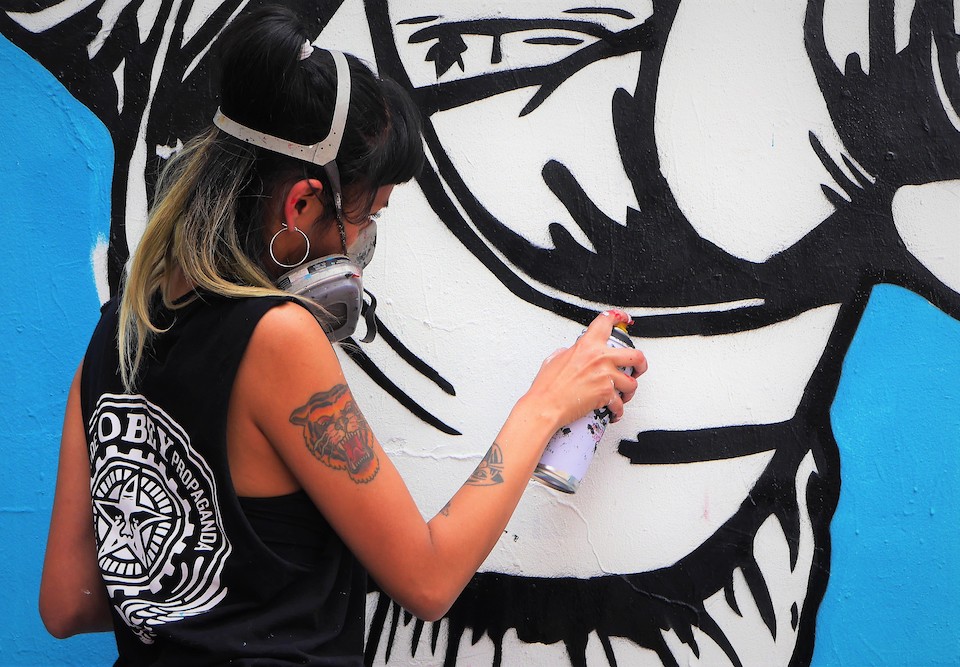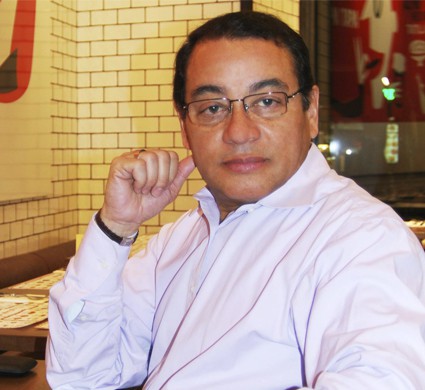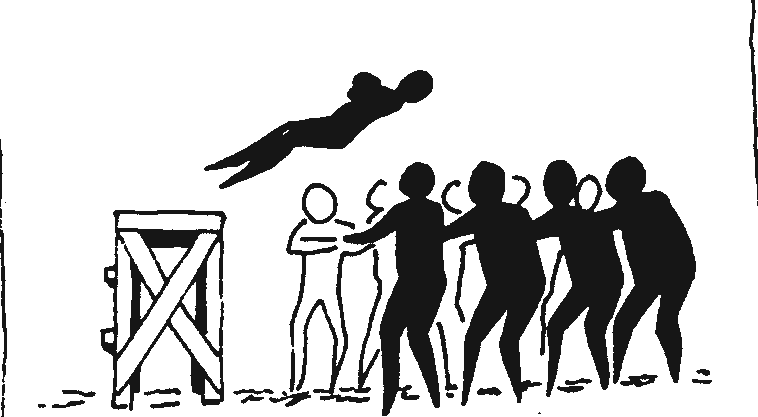 Mike Mackenna explains why, since at least 2008, thousands of children have died from preventable causes in the coastal department of La Guajira
Mike Mackenna explains why, since at least 2008, thousands of children have died from preventable causes in the coastal department of La Guajira
1: Guajiros receive measly benefits from their natural resource wealth
– The Guajira coal mining complex El Cerrejon, which is jointly owned by a Swiss, an Australian, and a British company, had revenues of over USD$2billion from exports alone in 2014.
– After those companies pay taxes to the national government on their earnings, the national government gives the Guajira local government some of the money from those taxes. In 2013 and ’14 the departmental government received a combined total of about USD$280million.
– Despite that vast resource wealth, more than 70% of Guajiros live in poverty, and 30% in extreme poverty. Almost 28% of Guajiro children are malnourished.
2: Water shortage
– 41% of Guajira is classified as desert, with only 1% classified as tropical forest.
– The department only gets 500 mm of rain a year and has a total area of 21,000 km2. Bogotá, by comparison, gets 910 mm for just 1,587 km2.
– In December 2015, a ruling by the Inter-American Court for Human Rights, called on the Colombian government to take measures to protect the lives of Guajiros in four particularly high-risk municipalities. It said that the basin of the Rio Rancheria, a vital water source, was in the process of “desertification” and recommended against continuing with El Cerrejon’s water intensive port expansion project, which would require a large amount of water from essential underground sources.
The Cerrejon project had already been suspended in November 2015 by a Guajira court, which claimed that the local community had not been properly consulted about the project.
– 36% of Guajiros live in homes with no running water.
3: Failed plan to dam the Río Ranchería
– The 2010 damming of the Río Ranchería by the Colombian Institute of Rural Development (Incoder) was supposed to provide hydropower, water for nine municipalities containing about 40% of the department’s population, and irrigation for more than 18,500 hectares of farmland.
– Indigenous Guajiros, who make up almost 45% of the department’s 900,000 plus people, claim they were not properly consulted about the damming, and that the damming displaced many of them and caused significant environmental damage.
The government claims the indigenous were consulted properly, and an indigenous organisation has been denied in their three attempts to get the courts to hear their lawsuit alleging violation of their right to be consulted.
– In August 2014, the Procurador, the supervisor of most public servants, reported that the project was providing neither the electricity nor the water it promised.
– As of December 2015, the project still had not progressed to phase two of the four planned phases: the construction of irrigation infrastructure which would lead to the construction of aqueducts for the nine municipalities meant to receive water from the project.
4: Corruption
– 15 people from the Guajira Child Welfare Institute were arrested in November 2015 for stealing a little more than USD$700,000. The money was intended to provide nutrition to 27,000 families.
– 11 more people were arrested for irregularities in a contract given to a Guajira hospital, worth a little more than USD$6million, which was intended to be spent on infant mortality reduction.
– In 2015, the mayor of the Guajira municipality Maicao was arrested for corruption, the mayor of Hatonuevo was arrested for stealing cedulas from political leaders who supported his opposition, and two ex-mayors of Uribia fled from the police trying to arrest them for corruption.
– 2011-13 Guajira governor Francisco “Kiko” Gómez is facing trial for murder and participation in a criminal conspiracy with notorious paramilitary leader Jorge 40. 2004-07 Governor José Luis Gonzáles is serving ten years in prison for corruption.





